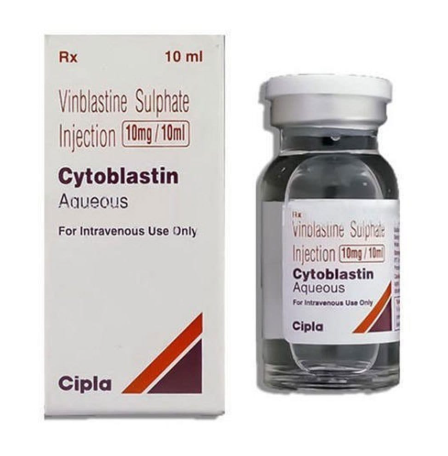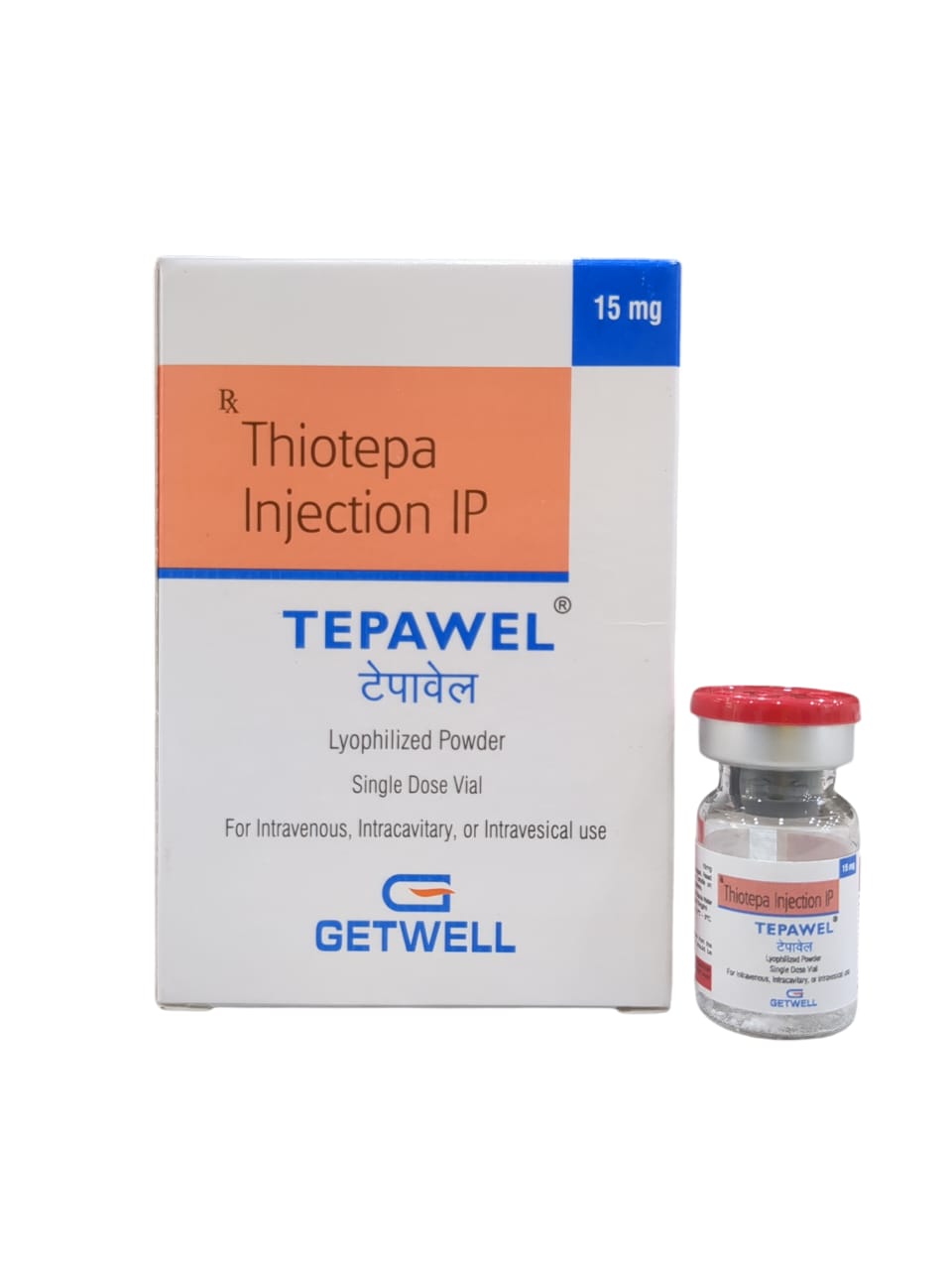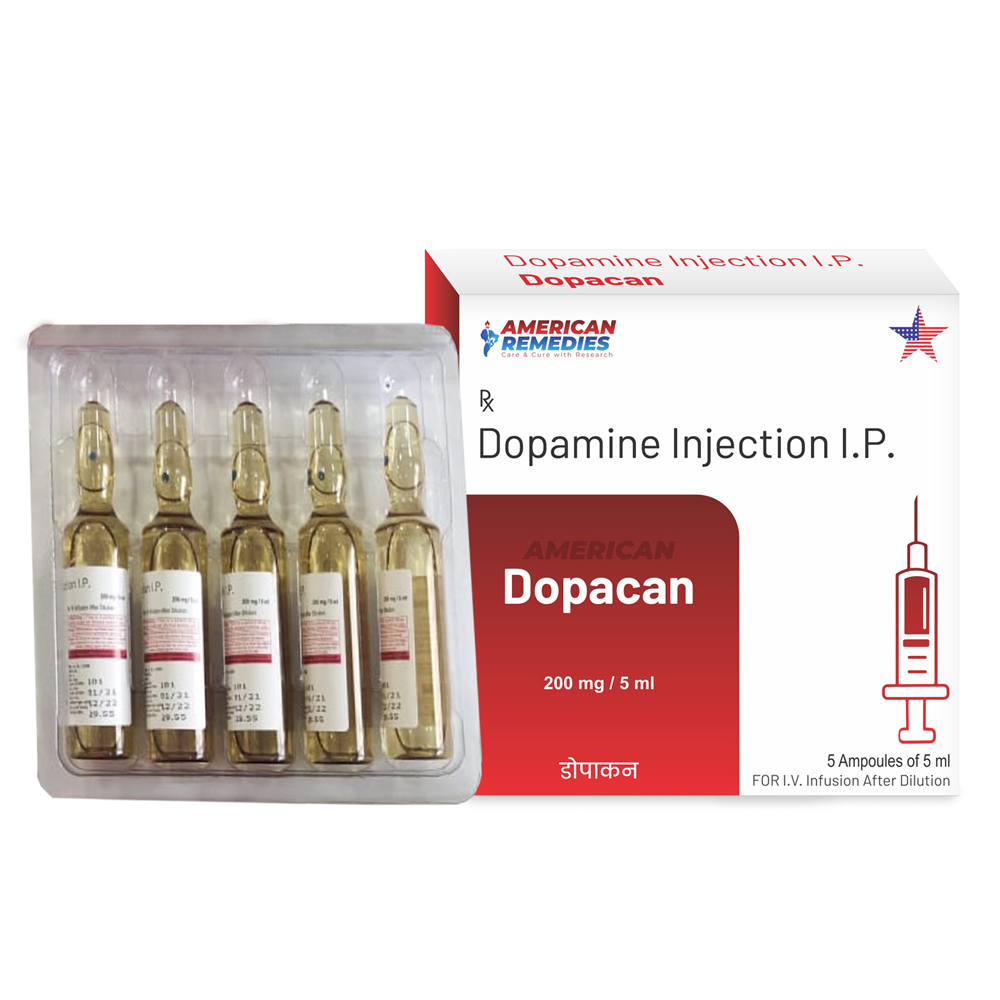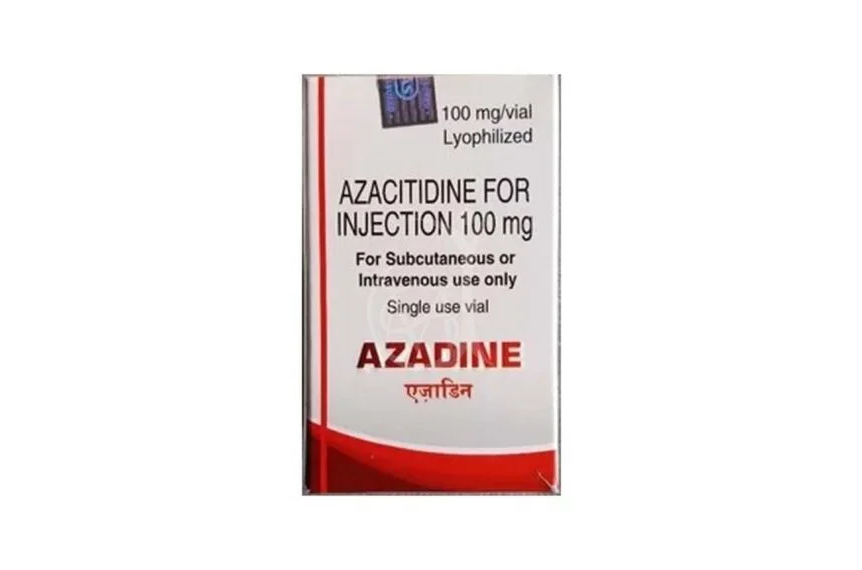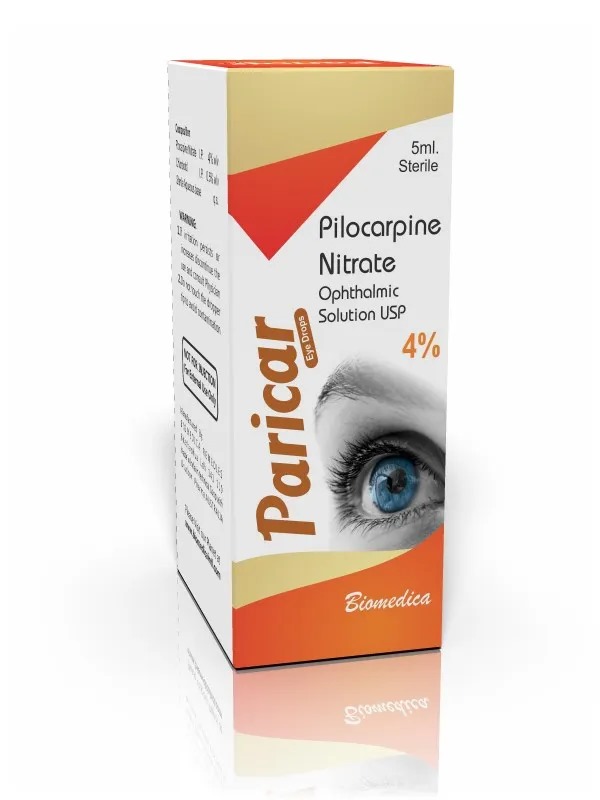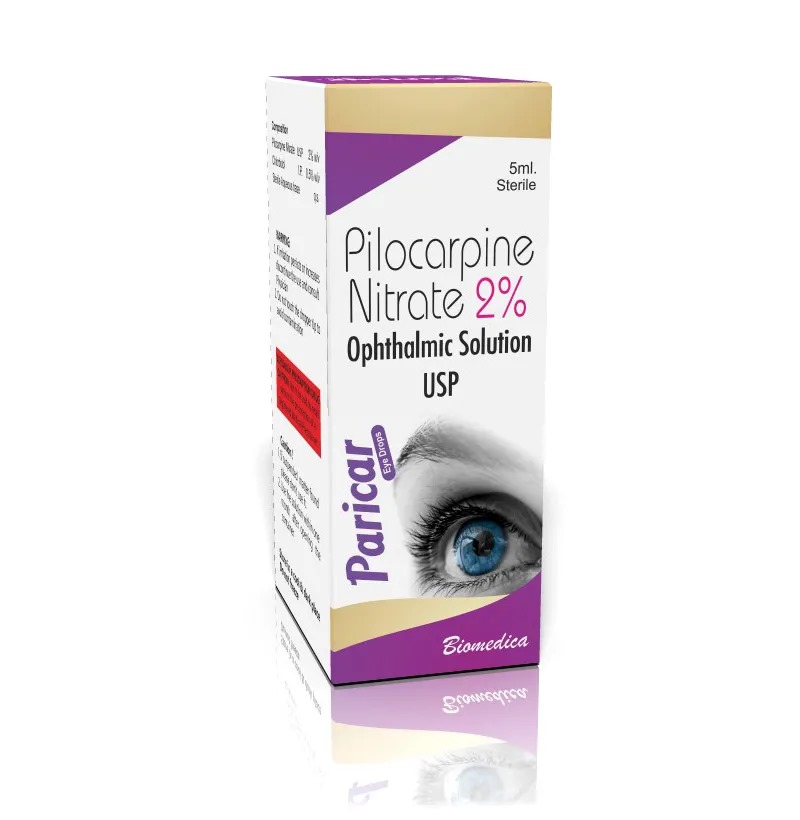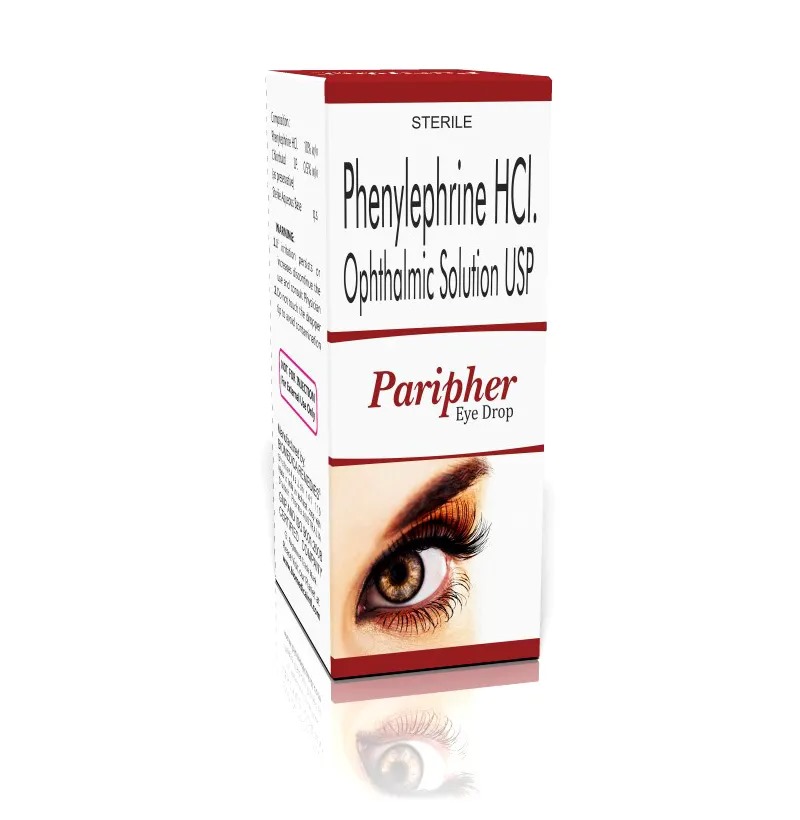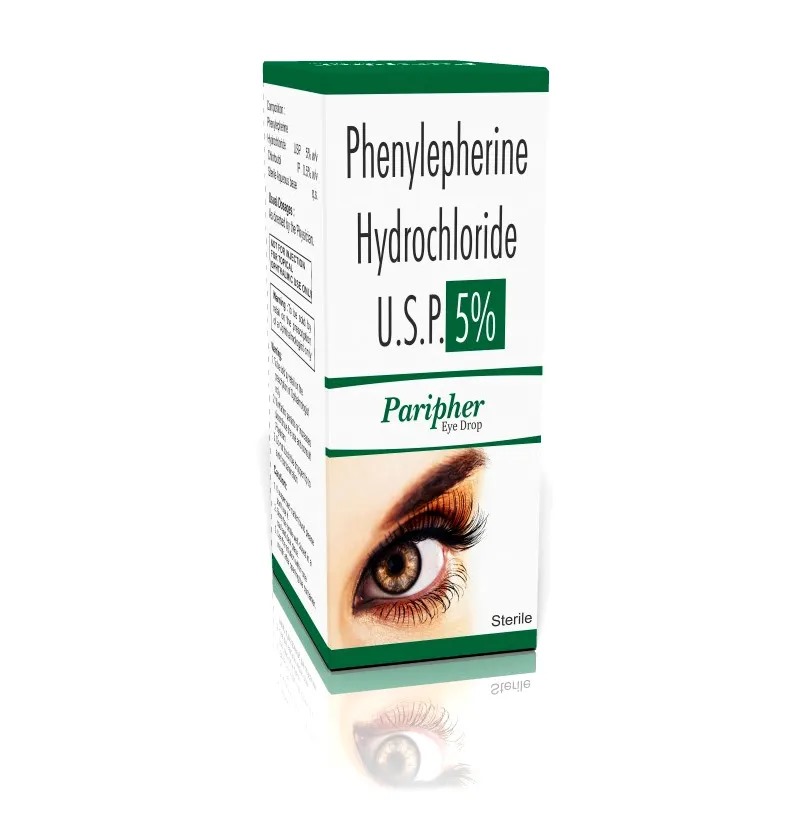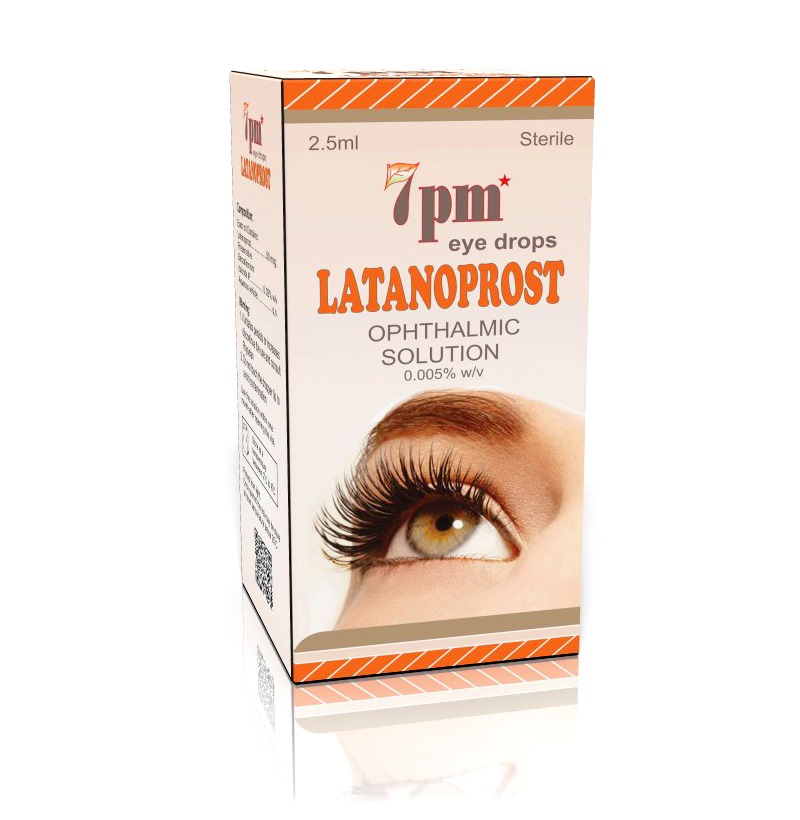Cytoblastin 10mg Injection is an anti-cancer medication used in the treatment of breast cancer, kidney cancer, Hodgkin’s disease, and Non-Hodgkin's lymphoma. Cytoblastin 10mg Injection is given as an injection into the vein under the supervision of a doctor. Your doctor will decide what dose is necessary and how often you need to take it. This will depend on what you are being treated for and may change from time to time. You should take it exactly as your doctor has advised. Taking it in the wrong way or taking too much can cause very serious side effects. It may take several weeks or months for you to see or feel the benefits but do not stop taking it unless your doctor tells you to. The most common side effects of this medicine include nausea, vomiting, diarrhea, and decreased appetite. This medicine may reduce the number of blood cells (white blood cells) in your blood, thereby, increasing the susceptibility to infections and fever. In some cases, it may also cause kidney disease related to uric acid level. Regular blood tests are required to check your blood cells along with heart, liver, and blood uric acid levels. Many other medicines can affect, or be affected by, this medicine so let your doctor know all medications you are using. This medicine is not recommended during pregnancy or while breastfeeding. The use of effective contraception by both males and females during treatment is important to avoid pregnancy. You should take precautions while taking this medication as it may cause inflammation of mouth and lips and neurological toxicity. Uses of Cytoblastin Injection Breast cancer Non-Hodgkin lymphoma (NHL) Non-small cell lung cancer Pancreatic cancer Kidney cancer Hodgkin’s disease Blood cancer Lymphomas Wilms' tumor Bone cancer Benefits of Cytoblastin Injection In Non-Hodgkin lymphoma (NHL) Non-Hodgkin's lymphoma is a cancer of the white blood cells in our body, also called mantle-cell lymphoma. White blood cells are those cells that help us to fight infections. Cytoblastin 10mg Injection helps to restrict cancer growth and also blocks the action of other chemicals that are required for cancer growth and further spread. Avoid being in crowds and wash your hands often to prevent any infections. Have plenty of fluids, unless otherwise advised by the doctor not to. Side effects of Cytoblastin Injection Most side effects do not require any medical attention and disappear as your body adjusts to the medicine. Consult your doctor if they persist or if you’re worried about them Common side effects of Cytoblastin Nausea Vomiting Decreased appetite Decreased white blood cell count Diarrhea How to use Cytoblastin Injection Your doctor or nurse will give you this medicine. Kindly do not self administer. How Cytoblastin Injection works Cytoblastin 10mg Injection blocks replication of genetic material (DNA) in the cancer cells. Thus it stops the growth and multiplication of cancer cells. Safety advice warnings Alcohol CONSULT YOUR DOCTOR It is not known whether it is safe to consume alcohol with Cytoblastin 10mg Injection. Please consult your doctor. warnings Pregnancy CONSULT YOUR DOCTOR Cytoblastin 10mg Injection is unsafe to use during pregnancy as there is definite evidence of risk to the developing baby. However, the doctor may rarely prescribe it in some life-threatening situations if the benefits are more than the potential risks. Please consult your doctor. warnings Breast feeding UNSAFE Cytoblastin 10mg Injection is unsafe to use during breastfeeding. Data suggests that the drug may cause toxicity to the baby. warnings Driving UNSAFE Cytoblastin 10mg Injection may cause side effects which could affect your ability to drive. warnings Kidney SAFE IF PRESCRIBED Cytoblastin 10mg Injection is safe to use in patients with kidney disease. No dose adjustment of Cytoblastin 10mg Injection is recommended. However, talk to your doctor if you have any underlying kidney disease. warnings Liver CAUTION Cytoblastin 10mg Injection should be used with caution in patients with liver disease. Dose adjustment of Cytoblastin 10mg Injection may be needed. Please consult your doctor. Use of Cytoblastin 10mg Injection may not be advised in patients with severe liver disease.
Send Message